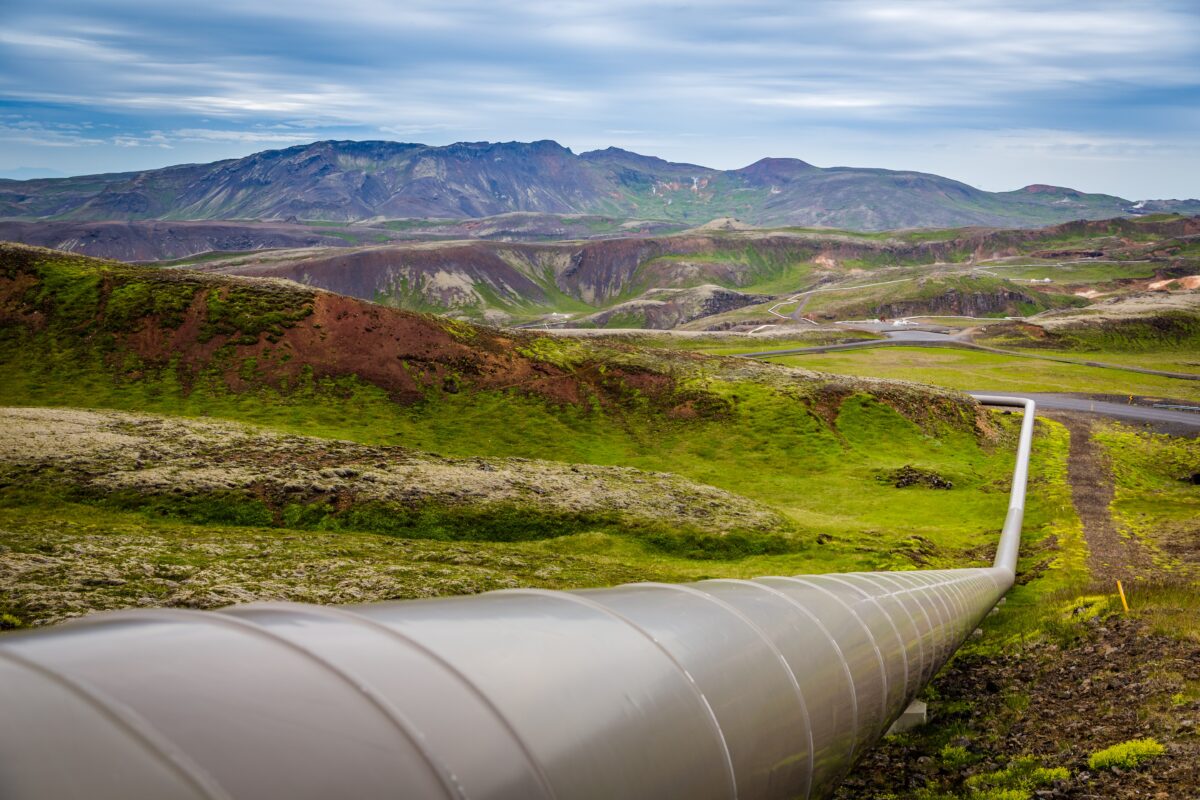Landscape Protection During Pipe Repairs

Pipe repairs are an integral part of property maintenance. Pipe systems carry water, sewage, and chemicals in and out of properties, so regular maintenance is essential to ensure smooth function. However, some pipe repair solutions can leave an aftermath of extensive damage that costs a small fortune to repair.
Trench pipe repair is the conventional alternative to trenchless solutions. It involves breaking up the topsoil to unearth and replace a faulty pipeline. However, the process is expensive, time-consuming, and disruptive, hence the modern shift to trenchless methods.
Read on as we explore trenchless technology, its types and benefits, and how it can help protect the landscape during pipe repairs.
What is Trenchless Technology?
Trenchless technology encompasses a set of procedures that experts use to fix faulty pipelines without digging. Its traditional alternative, trench pipe repair, quickly fell out of favor because of the extensive damage accompanying the process.
Types of Trenchless Technology
Here are the two most popular forms of trenchless pipe repair:
Slip Lining
Slip lining is a form of pipe restoration that allows experts to repair and repurpose old pipelines. To perform slip lining, experts insert a smaller diameter pipe into a larger one, sealing out cracks and reinforcing it from within.
Slip lining repurposes old lines because property owners may choose to change the line’s primary purpose. For instance, experts can repurpose a water line to enable it to carry gas.
Cured-in-Place Pipe Repair (CIPP)
CIPP is a modern pipe repair solution that enables specialists to reinforce old pipes from within. It has quickly gained fame among specialists and property owners due to its non-disruptive and sustainable benefits.
Benefits of Trenchless Technology in Pipe Repairs
Trench pipe repair and installation are very advantageous to property owners. For one, it offers them a minimally-disruptive way to restore damaged pipelines. Here are some other benefits of trenchless pipe repair:
It is Minimally Invasive
One main benefit of trenchless technology is the fact that it’s minimally invasive. It allows experts to remediate pipe systems without causing significant damage, making it ideal for commercial and industrial properties.
It is Fast
Trenchless repair solutions like CIPP are fast because experts don’t need to dig trenches to access the damaged line. In CIPP, for example, the repair team bores a small hole into the pipe to insert a flexible epoxy line. Then, they inflate it with air pressure and cure it using heat or ultraviolet light.
A reputable trenchless pipe repair service can complete CIPP in hours. In contrast, trench pipe repair can take several days or even weeks to complete.
It is Cost-Effective
Trenchless technology is a cost-effective repair solution because it doesn’t involve expensive tools to execute. For example, trench piper repair requires heavy-duty digging equipment to help experts unearth the pipe. The digging machines, landscape destruction, and inevitable replacements can incur thousands of dollars for property owners.
It is Durable
The epoxy that experts use in cured-in-place pipe repair (CIPP) is durable and hardy, making it a long-lasting solution. In addition, epoxy resin is resistant to wear, corrosion, and root intrusion. Hence, CIPP can extend a pipe’s lifespan by up to 50 years.
It is Sustainable
Since trenchless repair is cost-effective and fast, pipeline specialists can quickly restore failing lines without breaking the bank. Also, they can perform CIPP on relined pipe systems, further increasing their lifespan by up to a century.
It is Environmentally Friendly
Trenchless pipe repair like CIPP utilizes eco-friendly materials like epoxy resin to reinforce damaged pipelines. Epoxy is plant-based and organic, meaning it decomposes with time.
Also, trenchless technology generates fewer carbon emissions than trench pipe repair. It also doesn’t generate much waste, reducing carbon footprint and making it a green procedure.
It is Versatile
Trenchless technology is as close as pipe repair can get to universality, as repair specialists can apply the process to several scenarios. For instance, the repair team can perform CIPP on pipes with different diameter sizes and materials, such as PVC, clay, concrete, steel, and metal.
Overall, trenchless pipe repair is an effective way to repair and reinforce damaged pipe systems. It is fast, sustainable, economical, and eco-friendly, making it a no-brainer for businesses and residential properties.
If you’re experiencing signs of pipe problems, then it’s time to take action. If neglected, pipe issues can spiral out of hand, resulting in mold, biohazards, pollution, and even structural damage. Contact us at What is CIPP, where our expert team is geared with expertise and equipment to restore your problems safely. We’re happy to hear from you!